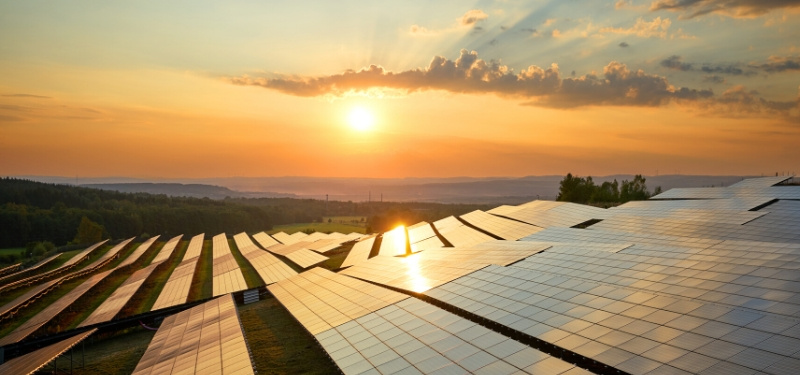
The production of energy from RES depends on the weather – thus the quality of forecasts has an impact on the final result. Numerical Weather Prediction (NWP) is helpful here. However, precise forecasts are currently available only for short time horizons. Does this mean that we have to accept high uncertainty for longer forecasts?
Improving the accuracy of forecasts can be achieved using complex forecasting methods. These include using dedicated weather forecasts, keeping up with local measurements, and combining different types of sources in virtual power plants. The application of the area-based approach and the concept of virtual power plants allows producers to forecast hourly energy production in the coming days with high accuracy.
Every component mentioned above were used in the development of the 4RES system.
Weather forecast models are chosen depending on the type of energy source, installed power usage, and the territorial distribution to lower the cost of making predictions while preserving their quality. The resulting prediction spans the time horizon from several hours up to 10 days in the future.
How does it work? How do Artificial Intelligence mechanisms influence forecasting models? Is it possible to provide production schedules with a minimum margin of error? We invite you to read the article where we answer these and many other questions. The article was prepared by Tomasz Gulczyński, the Director of Software Development Center and Dr. Krzysztof Kołodziejczyk, the Director of Utilities Business Development in Globema.












